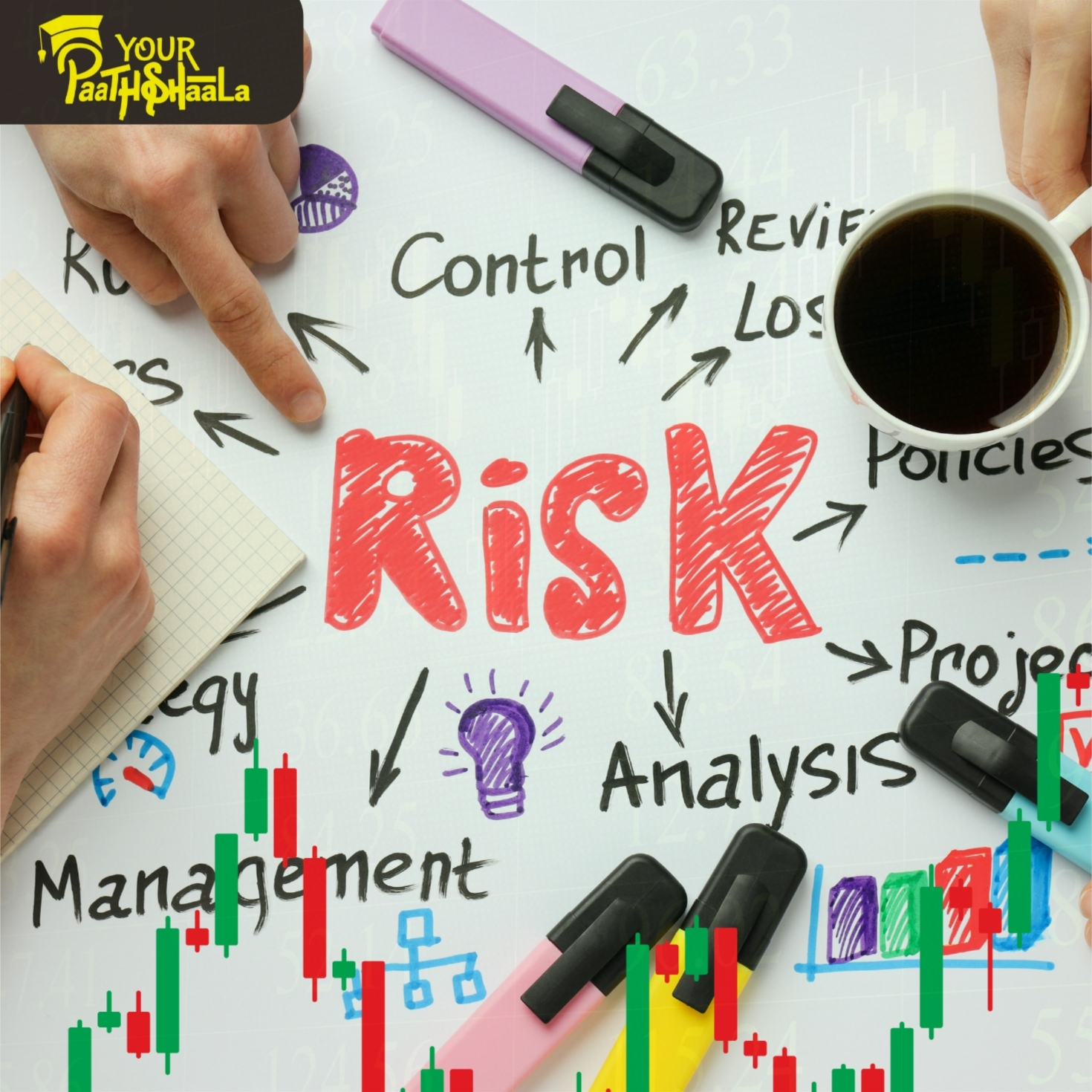Demographic & Social Trend Trading: Investing in Society’s Future
As society evolves, demographic and social trends are reshaping markets and creating powerful investment opportunities. As of July 21, 2025, trends like aging populations, Gen Z consumption patterns, urbanization, and remote work are driving growth in sectors such as healthcare, consumer brands, infrastructure, and technology. This 2000-word guide explores how investors can capitalize on these trends through aging population healthcare plays, Gen Z-focused brands, urbanization infrastructure investments, and remote work tech. Whether you’re a beginner or seasoned investor, aligning your portfolio with these societal shifts can unlock long-term growth. Let’s dive into how to invest in the future of society!
What is Demographic and Social Trend Trading?
Demographic and social trend trading involves investing in sectors and companies poised to benefit from long-term societal changes. These include aging populations driving healthcare demand, Gen Z’s influence on consumer markets, urbanization fueling infrastructure growth, and remote work reshaping technology needs. By identifying companies aligned with these trends, investors can capture value from structural shifts in the economy. This approach requires understanding demographic data, consumer behavior, and technological advancements to spot opportunities early.
Key Strategies in Demographic and Social Trend Trading
To succeed in trend-driven investing, focus on four key areas: aging population healthcare plays, Gen Z consumption trends, urbanization infrastructure investment, and remote work tech impact. Below, we explore each strategy in detail.
1. Aging Population Healthcare Plays: Catering to Senior Care
The global population is aging rapidly, with the UN projecting 1.5 billion people over 65 by 2050. This demographic shift drives demand for senior care, biotech, and medical devices. Companies like UnitedHealth Group (senior care), Amgen (biotech), and Medtronic (medical devices) are well-positioned to benefit from increased healthcare spending on aging populations.
How to Invest in Aging Population Healthcare
Research companies in senior care, pharmaceuticals, or medical devices with strong fundamentals.
Invest in healthcare ETFs like XLV or IHI for diversified exposure.
Monitor demographic data and healthcare policy changes for growth signals.
Diversify across subsectors to balance risks from regulatory or market shifts.
Healthcare plays offer stability but face risks like regulatory changes or high R&D costs, requiring thorough analysis.
2. Gen Z Consumption Trends: Digital, Sustainable Brands
Gen Z, born between 1997 and 2012, is reshaping consumer markets with a focus on digital platforms, sustainability, and pop culture. Brands like Nike (sustainable apparel), Roblox (gaming), and Etsy (unique goods) thrive by aligning with Gen Z’s values. For example, Gen Z’s preference for eco-friendly products drives demand for sustainable fashion and plant-based foods.
How to Invest in Gen Z Trends
Identify brands excelling on platforms like TikTok, Instagram, or gaming ecosystems.
Invest in consumer-focused ETFs like GENZ or BUYZ targeting digital and sustainable brands.
Track social media trends and consumer sentiment on platforms like X for insights.
Diversify across sectors like fashion, gaming, and food to capture Gen Z spending.
Gen Z investments offer growth but are sensitive to fast-changing trends, so stay agile and informed.
3. Urbanization Infrastructure Investment: Riding Urban Growth
Urbanization is accelerating, with 68% of the global population expected to live in cities by 2050, per the UN. This drives demand for construction, transportation, and housing. Companies like Caterpillar (construction equipment), CRH (building materials), and Prologis (real estate) benefit from urban expansion and infrastructure projects like smart cities or public transit.
How to Invest in Urbanization Infrastructure
Research companies in construction, materials, or real estate with urban exposure.
Consider infrastructure ETFs like IFRA or GII for diversified investments.
Monitor government spending on urban projects and smart city initiatives.
Diversify across construction, transport, and housing to manage sector risks.
Infrastructure investments are stable but face risks like project delays or funding cuts, requiring careful due diligence.
4. Remote Work Tech Impact: Redefining the Workspace
The shift to remote and hybrid work has transformed technology needs, boosting demand for cloud software, cybersecurity, and collaboration tools. Companies like Zoom (video conferencing), CrowdStrike (cybersecurity), and Microsoft (cloud and collaboration) are leading this trend. For example, cloud computing revenue is projected to grow 20% annually through 2030, driven by remote work adoption.
How to Invest in Remote Work Tech
Invest in tech leaders like Microsoft or cybersecurity firms like Palo Alto Networks.
Explore ETFs like WCLD or CIBR for cloud and cybersecurity exposure.
Track remote work adoption and enterprise tech spending for growth signals.
Diversify across software, security, and hardware to balance volatility.
Remote work tech offers high growth but faces risks like market saturation or tech disruptions, so monitor innovation cycles.
Risks and Challenges in Demographic and Social Trend Trading
These strategies offer long-term potential but come with challenges:
Market Volatility: Consumer and tech stocks can fluctuate with economic cycles.
Regulatory Risks: Healthcare and infrastructure face policy changes or government oversight.
Trend Shifts: Gen Z preferences evolve rapidly, impacting brand performance.
Long Horizons: Infrastructure and healthcare investments may take years to mature.
To mitigate risks, diversify across sectors, use ETFs for broader exposure, and stay updated on demographic and economic trends. Professional guidance can enhance decision-making.
Tools and Resources for Trend-Driven Investing
To succeed in demographic and social trend trading, leverage these tools:
Market Research: Use Statista or IBISWorld for demographic and industry data.
ETFs and Stocks: Access investments via platforms like Fidelity or Robinhood.
Social Sentiment: Monitor consumer trends on X or Reddit for real-time insights.
Educational Resources: YourPaathshaala offers courses on trend-based investing.
These tools, combined with disciplined research, can optimize your investment strategy.
Why Demographic and Social Trend Trading Matters in 2025
As of July 21, 2025, demographic and social trends are driving economic shifts. Aging populations are fueling healthcare spending, with global healthcare markets projected to reach $10 trillion by 2030. Gen Z’s $360 billion purchasing power is reshaping consumer markets, while urbanization drives $7 trillion in annual infrastructure spending. Remote work tech continues to grow, with cloud computing and cybersecurity leading enterprise budgets. These trends offer investors a chance to align portfolios with long-term societal changes.
Getting Started with Demographic and Social Trend Trading
Ready to invest in societal trends? Follow these steps:
- Study Trends: Research aging demographics, Gen Z behavior, urbanization, and remote work.
- Choose a Platform: Select a broker offering stocks, ETFs, and market data.
- Start Small: Test investments with limited capital to understand risks.
- Diversify: Spread capital across healthcare, consumer, infrastructure, and tech.
- Seek Education: Enroll in courses at YourPaathshaala, located near Anjali Children Hospital, Tagore Nagar, Mathpurena, Raipur, Chhattisgarh, PIN code: 492001.
Conclusion
Demographic and social trend trading—through aging population healthcare, Gen Z consumption, urbanization infrastructure, and remote work tech—offers a powerful way to invest in society’s future. These strategies align portfolios with long-term economic shifts, balancing growth and stability. Despite risks like volatility and regulatory changes, diversified approaches and informed decisions can lead to success. Start spotting hidden opportunities with YourPaathshaala’s expert guidance.
Visit YourPaathshaala
Near 🏥 Anjali Children Hospital, Tagore Nagar, Mathpurena, Raipur.
📫 PIN code: 492001, Chhattisgarh
📞 Click the Call Now to contact us!
Take your financial knowledge to the next level with YourPaathshaala—your trusted partner for investment education and market insight.







